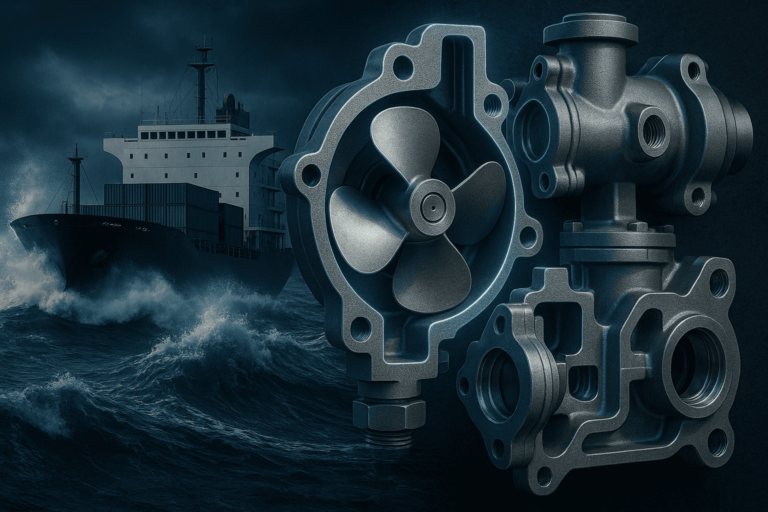Precision Casting for Energy Infrastructure: Powering the Future with Reliable Components
The global energy sector is undergoing its most significant transformation in a century, and precision casting has emerged as a critical enabler of this revolution. From traditional fossil fuel plants to cutting-edge renewable energy systems, cast components form the durable backbone of power generation and distribution infrastructure. These aren’t just metal parts – they’re engineered solutions that must perform flawlessly under extreme conditions for decades, often in remote or environmentally sensitive locations.
Energy infrastructure components face some of engineering’s most brutal operating conditions. Turbine blades endure centrifugal forces equivalent to hanging a city bus from a postage stamp. Pipeline valves must seal perfectly while withstanding temperature swings from arctic cold to desert heat. Nuclear reactor internals simultaneously combat radiation embrittlement, corrosion, and mechanical fatigue. Traditional manufacturing methods struggle to meet all these demands – forgings lack complexity, fabricated assemblies introduce failure points, and machined components often sacrifice optimal material properties for manufacturability. Precision casting overcomes these limitations by creating near-net-shape parts with homogeneous material structures and geometries optimized for their specific functions.
The materials science behind energy castings is particularly fascinating. Advanced nickel superalloys retain strength at temperatures approaching 1,000°C in gas turbines. Duplex stainless steels provide both strength and chloride resistance for offshore applications. Most remarkably, modern foundries can engineer varying properties within a single component – creating valve bodies with corrosion-resistant interiors and high-strength exteriors, all achieved through controlled solidification processes. The chromium-nickel alloy in a steam turbine casing, for example, develops different microstructures in high-stress versus low-stress zones, each optimized through precise heat treatment protocols.
Geometric capabilities make precision casting equally transformative for energy applications. Complex internal cooling channels in turbine blades – some thinner than a credit card – can only be produced through investment casting. Pump volutes with mathematically optimized curves maximize efficiency while minimizing erosion. Nuclear fuel assembly components achieve tolerances measured in microns to ensure perfect alignment. Recent advances in 3D printed sand cores have expanded these possibilities further, enabling heat exchanger designs with fractal-like surface areas or pipeline valves with integrated flow control features. Field data shows precision-cast energy components achieving 99.95% reliability over 30-year service lives – a testament to the technology’s durability.
The economic and operational benefits are substantial. Energy companies report:
• 40-60% longer maintenance intervals for cast versus fabricated components
• 30-50% reduction in unplanned outages
• 15-25% efficiency gains from optimized designs
These advantages multiply across power generation assets where downtime costs can exceed $1 million per day.
Looking ahead, precision casting continues to evolve to meet emerging energy challenges. New cobalt-free alloys address supply chain concerns without compromising performance. Smart castings with embedded sensors will enable real-time condition monitoring. The integration of casting with additive manufacturing opens possibilities for components that combine massive structural sections with intricate internal features.
For an industry where reliability directly impacts economic stability and environmental safety, precision casting provides more than just parts – it delivers the engineered solutions powering our civilization. Truecasteng has been energizing this transformation, with our castings operating in some of the world’s most advanced power facilities. When failure isn’t an option and performance must endure for generations, energy engineers turn to precision casting – not just as a manufacturing process, but as a foundational technology for building our energy future.







